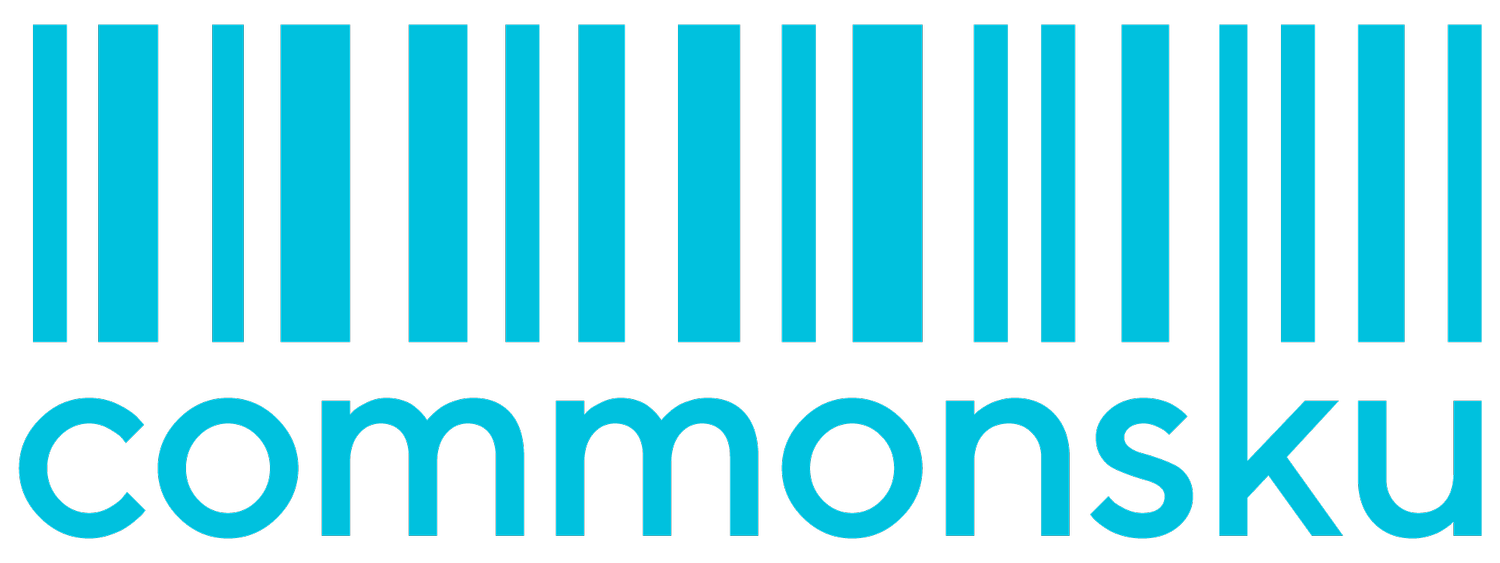Marketing is the New Sales (Part 1)
On the go? Check out the audio version of this blog post below, or by searching for skucast wherever you listen to your podcasts.
One danger in running a business post-pandemic --alongside massive supply chain issues-- is that we’re overwhelmed handling critical HR challenges (such as hybrid workplaces and new virus variants) while swatting away supply chain problems project-by-project.
Naturally, we’re so busy reorganizing, restructuring, and reacting that we’re leaving little-to-no room for strategic, planned sales growth, either by way of new business acquisition or intentional existing client growth.
What’s suppressing our sales strategy even more: Most of us are back in growth mode simply because the economy is taking shape again. Organic economic growth always gives us the false illusion that we are strategically growing sales.
Complicating this further, some say we (distributors) are not really salespeople, we’re order takers. It’s not entirely true, but there’s enough truth there to impugn virtually everyone. Where the truth stings a little is that, on average, we spend 90% of our time taking care of existing business that comes to us and about 10% of our time thinking about new business or strategic client growth. Granted, the pandemic forced many of us to rethink our efforts and we saw a renewed focus on biz-dev by some.
Bubbling beneath the surface of all of this is a massive paradigm shift ready to break open and one that is barely getting noticed: Sales has changed. Sales is no longer about lead-gen. It was. Once upon a time. Sales is now defined as advancing the client relationship.
Lead-gen is now driven exclusively by marketing.
What’s changed? And why is marketing now the driver for new biz and sales the passenger? Here are 8 disruptions that now make marketing the new sales:
Prospects now come to your business through the digital-first doorway (thanks to the pandemic changing our buyers’ behavior, it’s more true than ever).
Millennial and Gen Z buyers (your largest percentage of buyers) prefer digital as their primary form of interaction.
The death of the tradeshow, the cold call, and the networking event as the core lead-gen source.
The “eroding distinction between field sales and inside sales.” (Mary Shea, Forrester)
The fact that 80% of B2B sales is now done remotely.*
How 8-in-10 B2B decision-makers believe omnichannel is as or more effective than traditional channels. Omnichannel: “in-person, remote, and digital self-serve.”*
Proof now that buyers will spend six figures or more digitally*
How only 15% of B2B buyers expect in-person sales meetings to be the norm going forward.
Each of these points on their own should get our attention but the cumulative effect of the pandemic’s impact on buying, plus the rise of Gen Z and millennial buyers represents a tectonic shift in how we sell.
In most industries, this is giving way to a rapid rise of B2B e-commerce and the crucial need for primacy in all things marketing: branding, message, image, social, and content.
But in our industry, except for the leading few, much of our sales and marketing strategies are still stuck in a circa-1995 framework. This is the most resilient and adaptive industry around when it comes to eruptive crisis management, and even crisis-selling (hello, PPE) but proactive, strategic selling has rarely been our strong suit. When business is cratering, we brilliantly pivot, but when it’s growing again, we have a tendency to sit back in reactionary mode.
Think about the opportunity this new shift in buying behavior represents: If buyers prefer digital-first interactions, and sales is now done almost exclusively through digital experiences (video, chat, messages, etc), there’s a tremendous upside: Marketing is scalable, adaptable, and highly effective in this environment.
Forester cited that one of the biggest mistakes business leaders make with marketing is misinterpreting what the business needs from marketing. We all have our definition of what marketing is, but most of us reduce the art and science of marketing to branding, image, social media, communications, identity.
But now, thanks to the disruptions described above, marketing is a primary driver in acquisition, upselling, and cross-selling.
Marketing is the new sales.
In this series, we’re going to explore this paradigm shift and what marketing now represents. We’ll explore the tactics, technology, and techniques you must master to drive lead gen opportunities. We’ll understand the revised sales funnel and how it applies to your strategy and tactics. Plus, we’ll explore how marketing can empower sales to advance the relationship from suspect to prospect to customer, to a client who loves you.
Join us on this journey and share with us your marketing transformation stories. Stay tuned for more!
*research from McKinsey and Co

